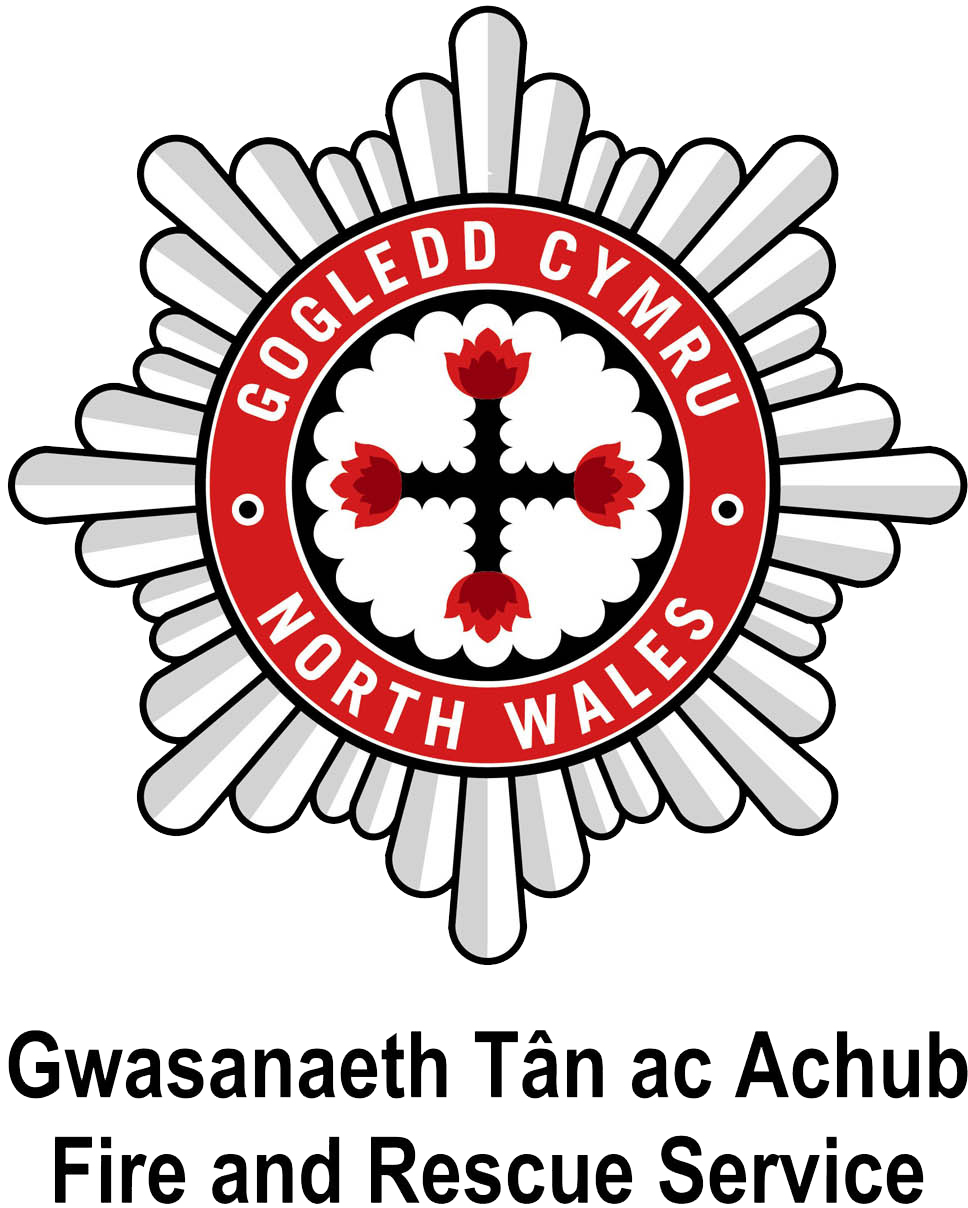About North Wales
About North Wales
About North Wales
Covering an area of 6,172 square kilometres and with a population of 687,000, North Wales encompasses a diverse landscape, including the mountainous Eryri National Park, coastal areas, rural communities and major urban areas. North Wales comprises six counties, Isle of Anglesey, Gwynedd, Conwy, Denbighshire, Flintshire and Wrexham.
The A55 runs through five of the six counties and is part of one of the longest European routes, running between Holyhead and eastern Europe.
Isle of Anglesey
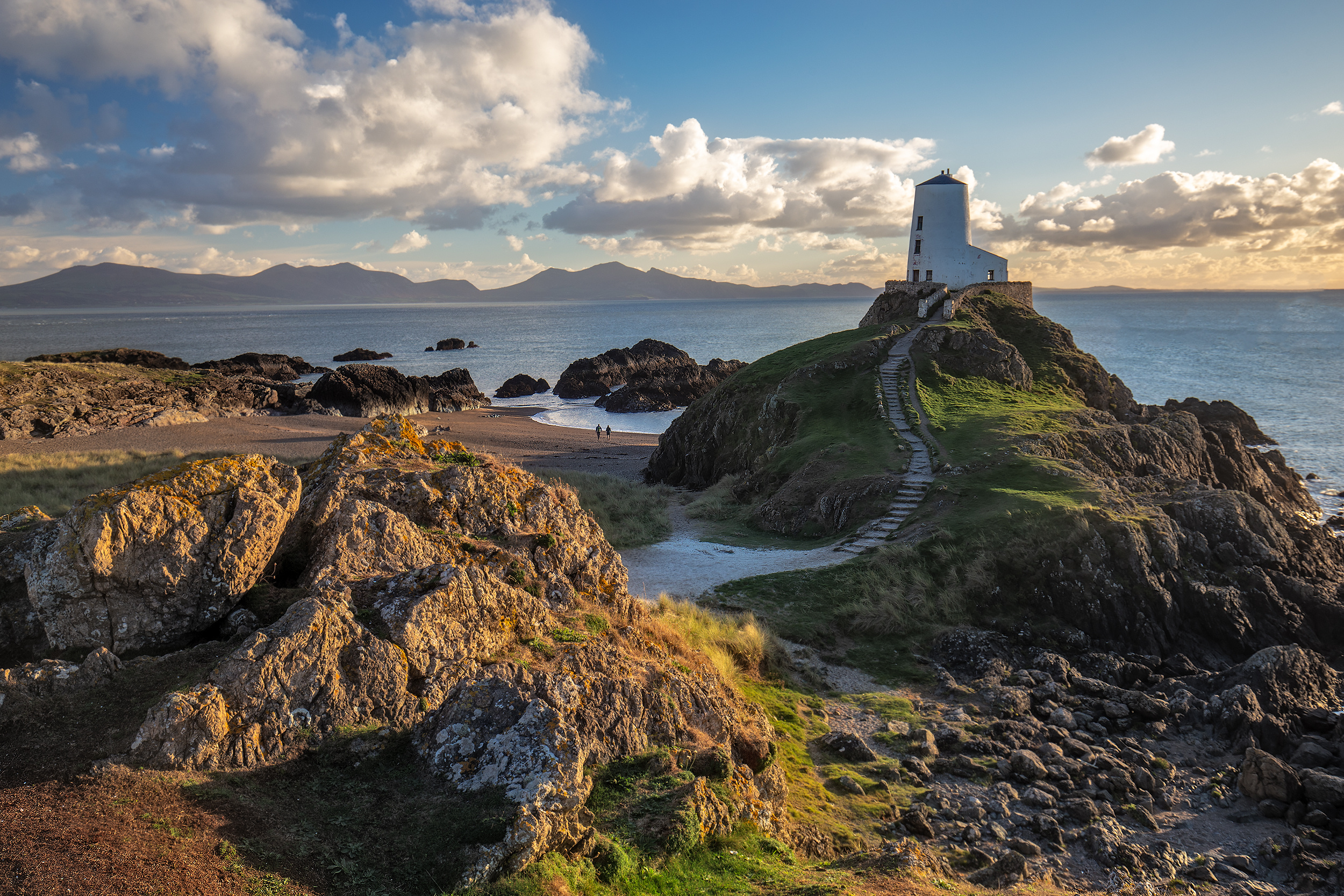
With much of the coastline declared an Area of Outstanding Natural Beauty Isle of Anglesey is a popular tourist destination as well as a gateway to and from the Republic of Ireland through the Port of Holyhead. The economy of the county is mostly based on agriculture, energy, and tourism.
Gwynedd
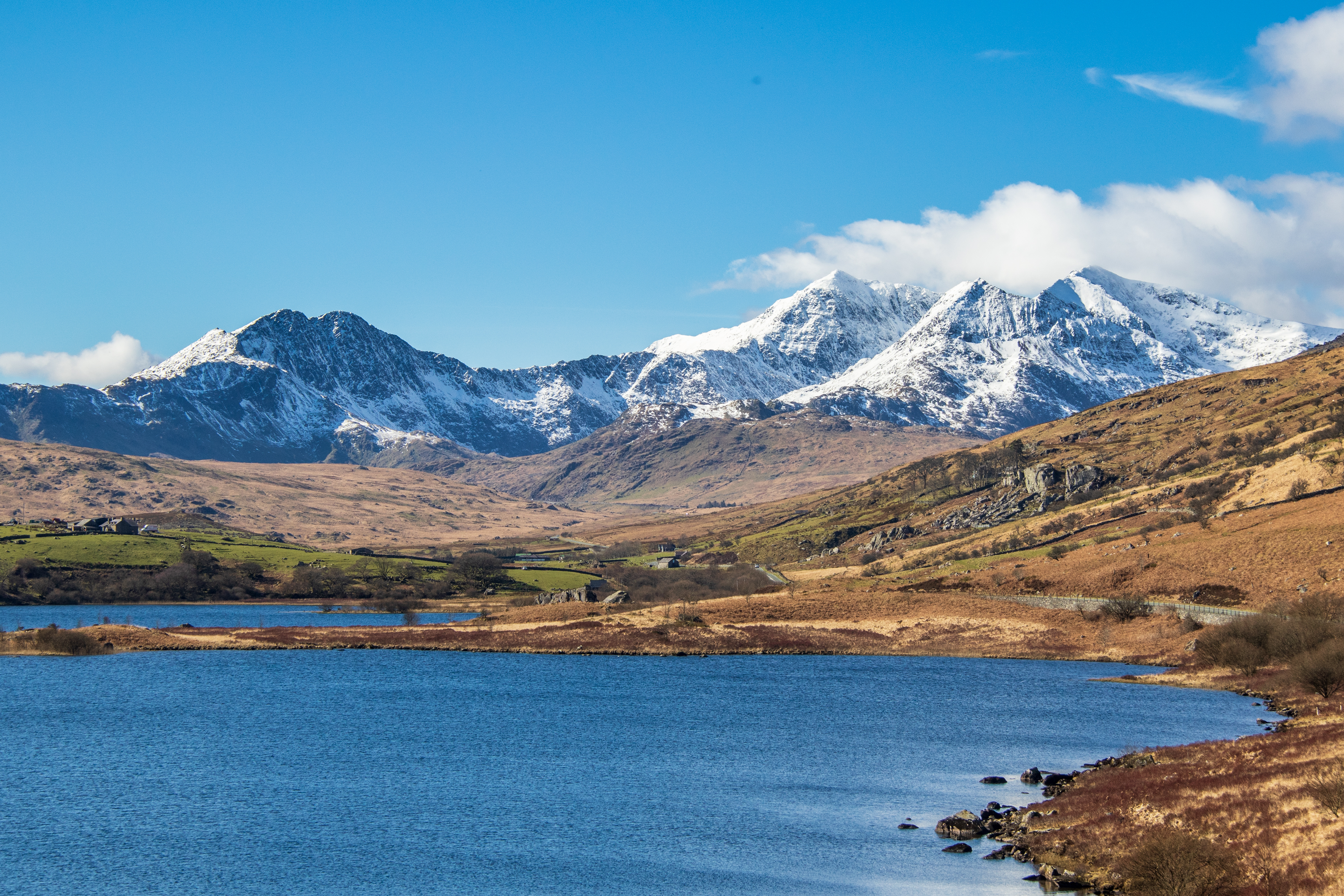
Home to Eryri National Park and the Llŷn Peninsula, another Area of Outstanding Natural Beauty, Gwynedd borders the Isle of Anglesey across the Menai Strait and Ceredigion over the Dyfi estuary to the south. The county has the highest percentage of Welsh speakers in Wales, and contains several of Wales’ largest lakes and reservoirs, including the largest, Llyn Tegid in Bala.
Conwy
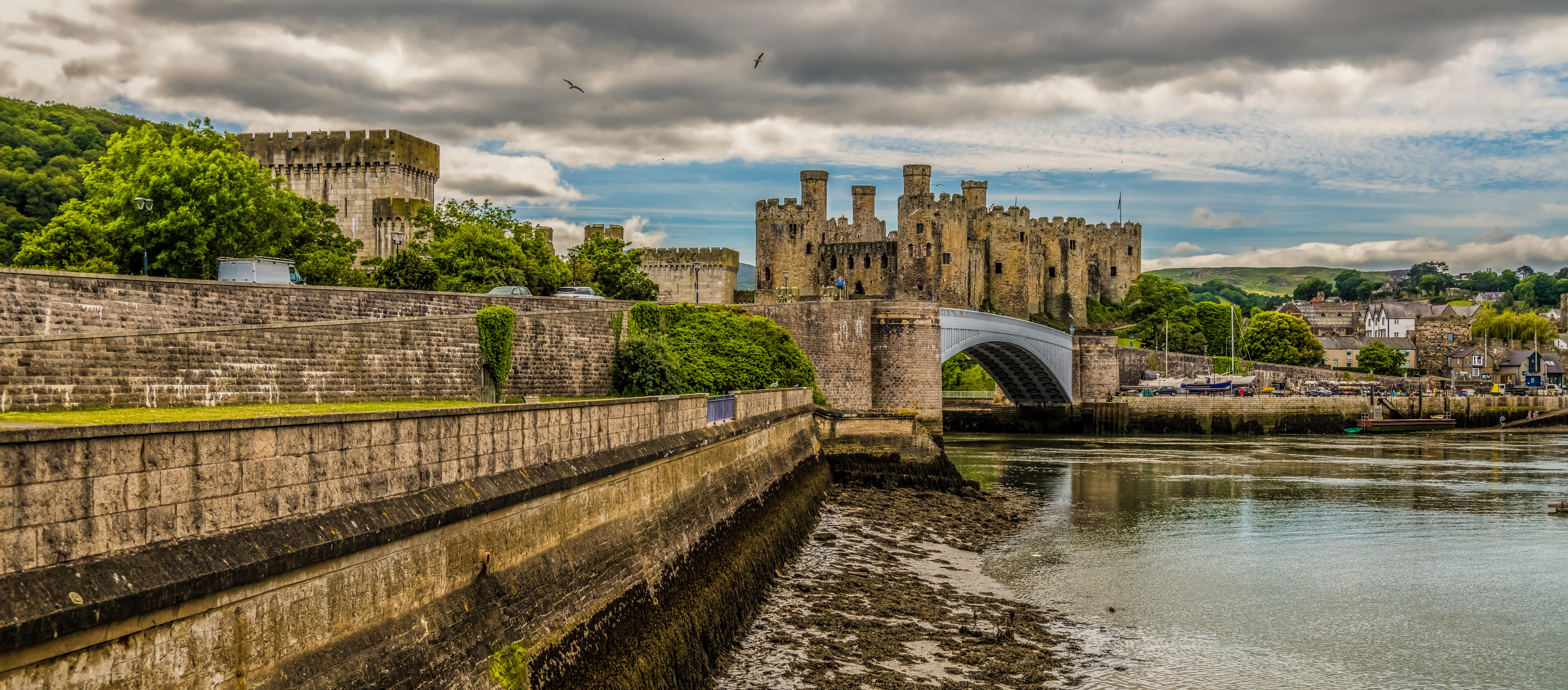
The coastal towns of Colwyn Bay, Llandudno with its pier and the Great and Little Ormes, and Conwy with its quay and castle are popular year-round tourist destinations. Inland the towns of Llanrwst and Betws-y-Coed offer year-round outdoor activities to residents and visitors. The geography is shaped by the River Conwy, which forms a wide valley down the western half of the county.
Denbighshire
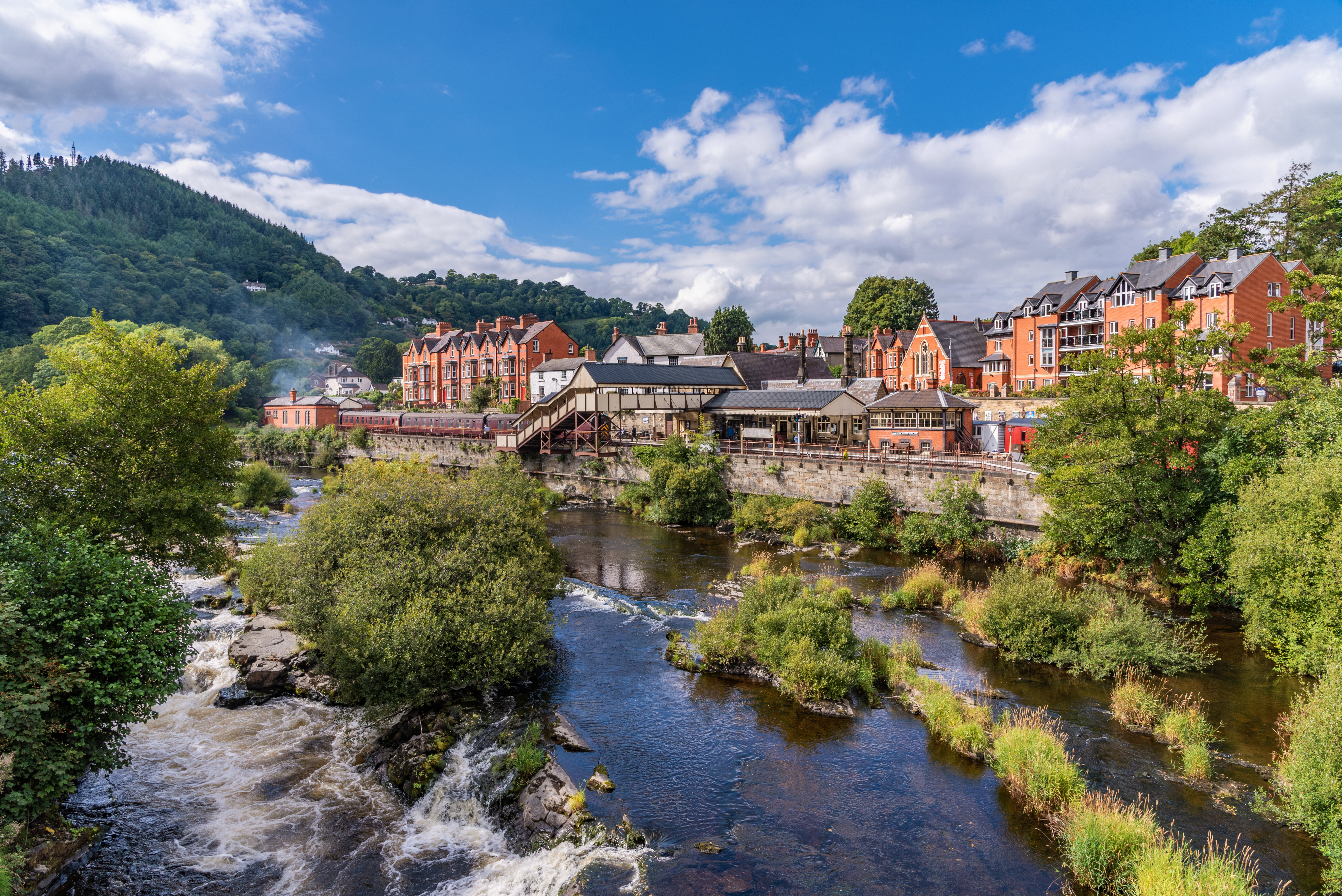
Denbighshire’s geography is defined by the broad valley of the River Clwyd, with the towns of Denbigh and Ruthin surrounded by rolling hills on all sides except the north, where it reaches the coast, and the towns of Rhyl and Prestatyn. The hills form part of the Clwydian Range and Dee Valley Area of Outstanding Natural Beauty and the economy is based on agriculture, predominantly sheep rearing and dairy farming, and year-round tourism.
Flintshire
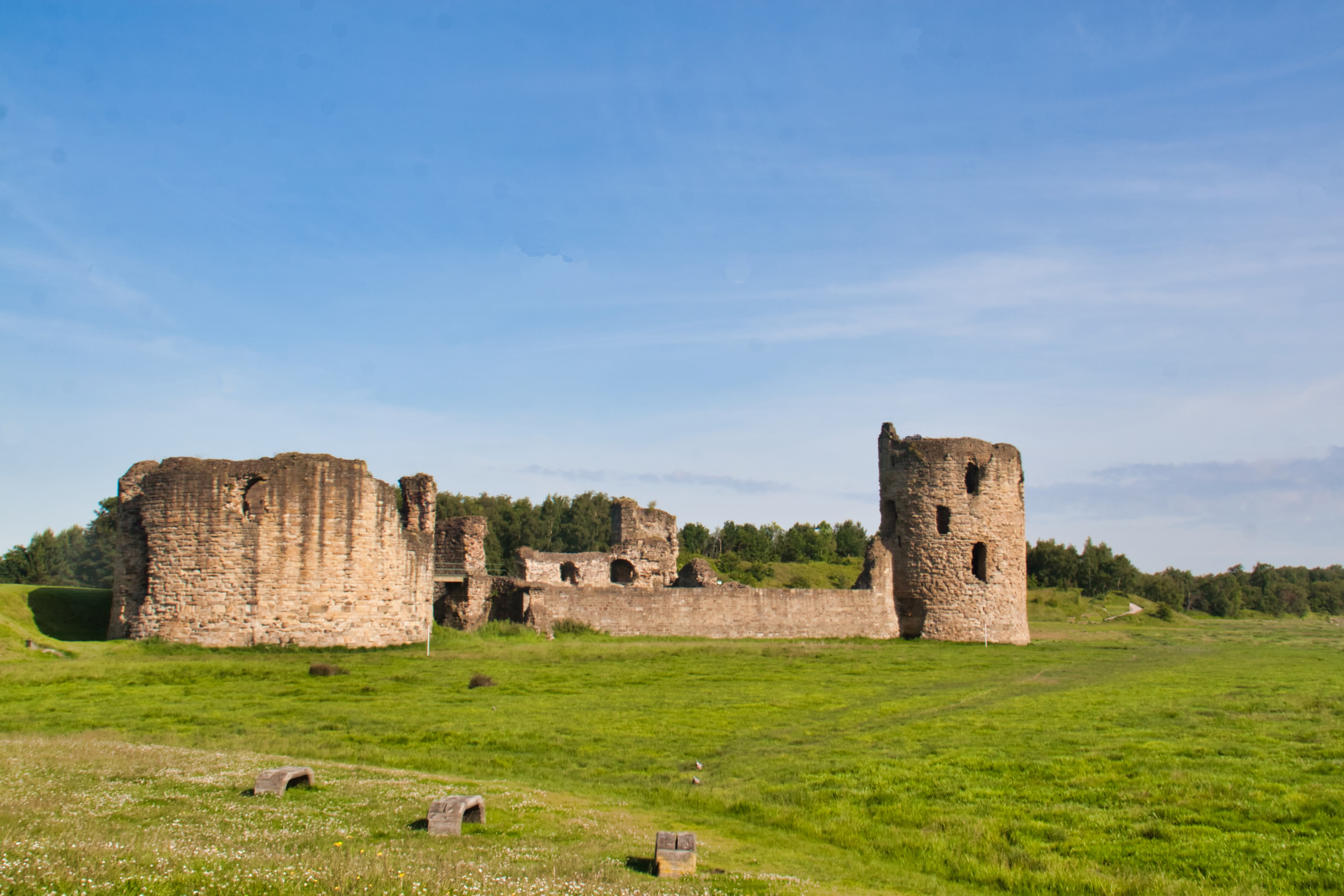
Mold is Flintshire’s administrative centre and the Welsh speaking stronghold of the county. The coast along the Dee estuary is heavily developed by industry and the North coast much developed for tourism. Major manufacturing industries include a Toyota engine plant, UPM papermill and Airbus UK at Broughton. Shotwick Solar Park, Deeside is currently the largest photovoltaic solar array in the UK.
Wrexham

Wrexham is the only landlocked county in North Wales and is home to, Wrexham Industrial Estate, the well-known Wrexham Football Club and the UK’s largest prison, HMP Berwyn. The county is part of the Clwydian Range and Dee Valley Area of Outstanding Natural Beauty (AONB). The Pontcysyllte Aqueduct near Cefn Mawr is an important surviving piece of early industrial infrastructure and has been designated a UNESCO World Heritage Site. The Berwyn mountains and the Ruabon Mountains are designated Sites of Special Scientific Interest (SSSI) and Special Areas of Conservation (SAC).
Knowing about North Wales today helps the Authority plan to make positive changes for the future.
Population: 687,261 (22% of Wales)
Area: 6,153 km2 (29.7% of Wales)
Population Density: 112 (Wales average 150)
Dwellings: 332,257 (22.6% of Wales)
Non-Domestic Properties: 34,110 (26.7% of Wales)
Road Length: 9,869km (28.1% of Wales)
Agricultural area: 496,191km (31.1% of Wales)
Welsh Speakers: 278,600 (31.2% of Wales)
